-

Explore seasonal use—including the amount, type, and timing—for 25 regional trails and pathways. Read more
-
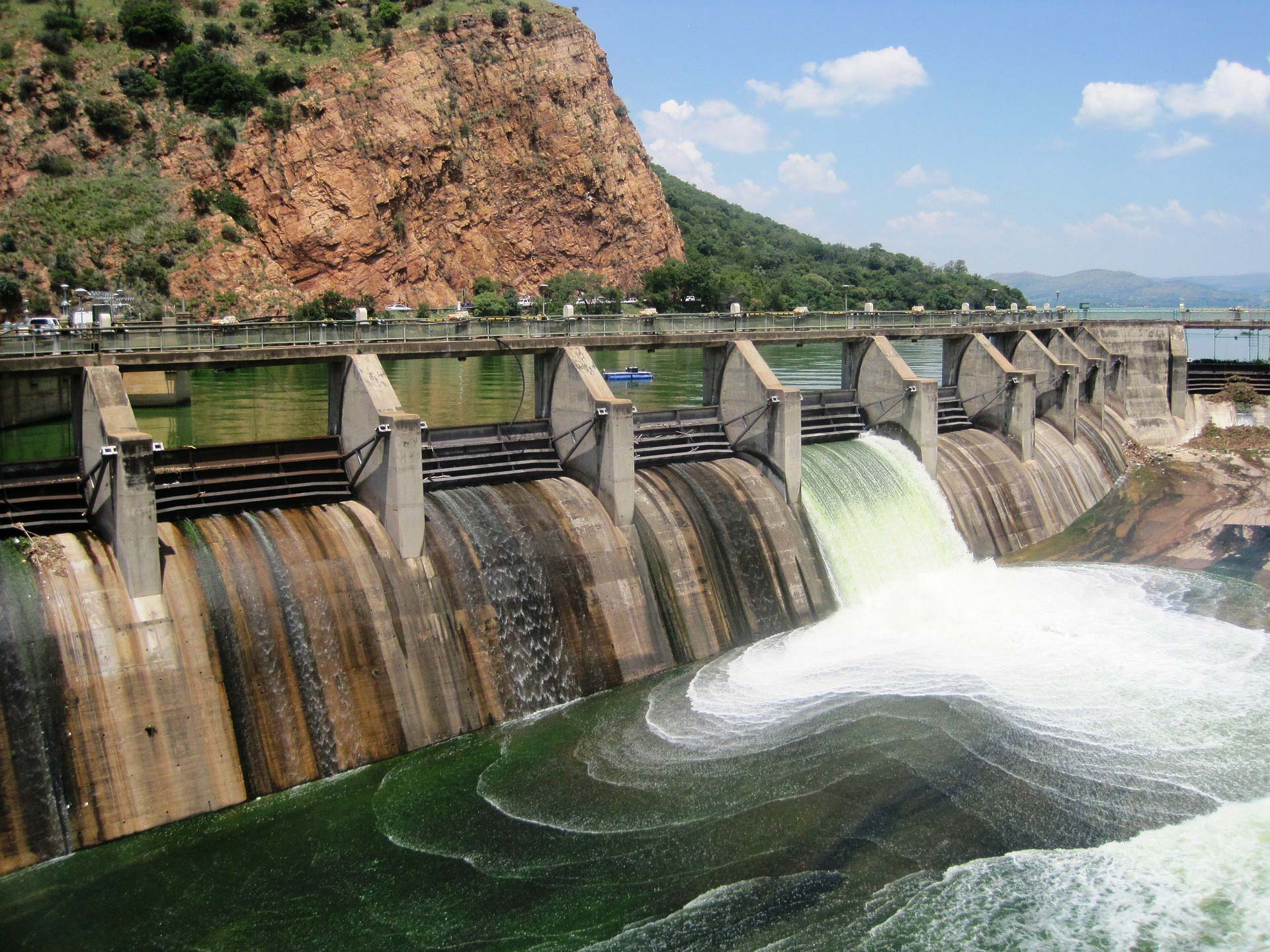
Six dam removal case studies on the fiscal, economic, environmental, and social benefits of dam removal. Read more
-
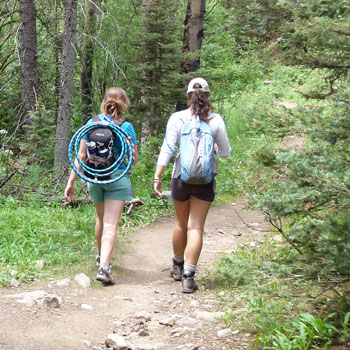
In the Taos, New Mexico area trails are a fundamental part of health and quality of life, but differences in access to trails may limit the benefits for Hispanic and low-income residents. Read more
-
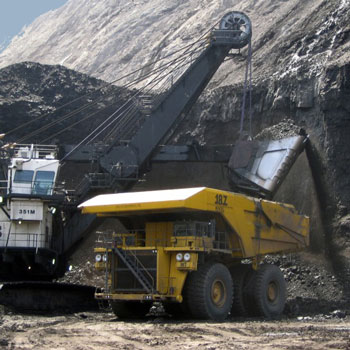
Explore the Socioeconomic Context of the Federal Coal Leasing Program Read more
-
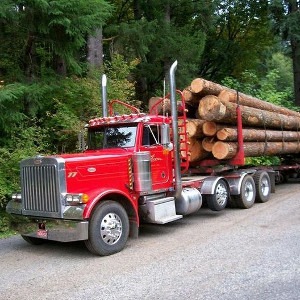
County governments are compensated for the tax-exempt status of federal public lands within their boundaries. These payments often constitute a significant portion of county and school budgets, particularly in rural counties with extensive public land ownership. Read more
-
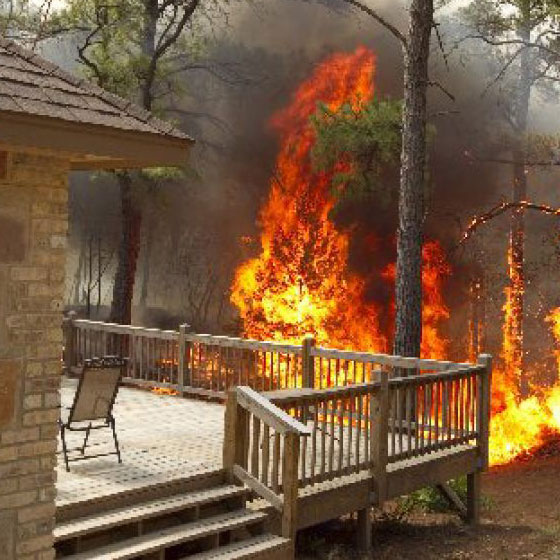
It is unlikely that insurance rates and policies alone will determine whether or not a landowner decides to build a new home on wildfire-prone land. Read more
-
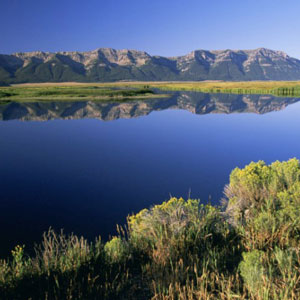
How county governments can benefit from reforming wildlife refuge payments. Read more
-
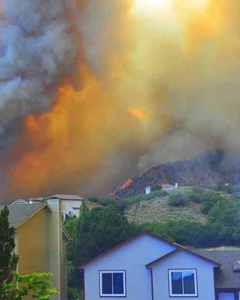
This summary highlights the major research Headwaters Economics has conducted concerning controlling fire suppression costs, state case studies, and the growth of homes in the WUI. Read more
-

Explore the West’s economy, regional performance, and what is driving economic growth. Read more
-
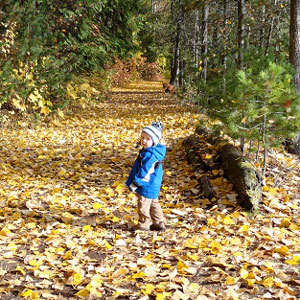
Survey provides information on Bonner County’s trail system and will help prioritize improvements based on resident usage, satisfaction, reasons for living in the area. Read more
-
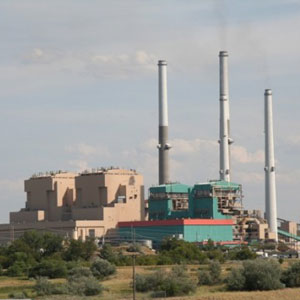
While Montana is likely to experience relatively small impacts, coal-dependent communities in Eastern Montana are likely to feel the acute effects of job losses and declining tax revenue in the coming decades. Read more
-
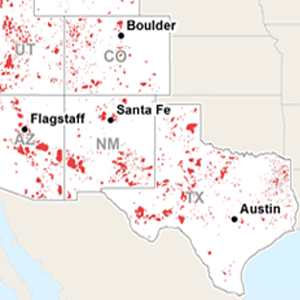
Case studies show how five urban areas in the West are using innovative land use planning tools to adapt to the increasing risks from wildfires. Read more
-

Analysis shows that proposed federal royalty reforms will increase the cost of delivering natural gas to domestic power plants by a greater amount than coal. Read more
-
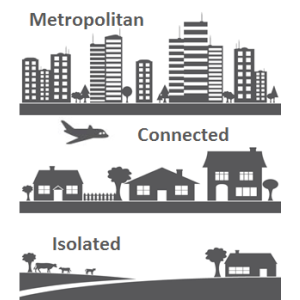
There are three distinct types of counties in the West—Metro, Connected, and Isolated—defined by their access to major markets and population centers. Read more
-
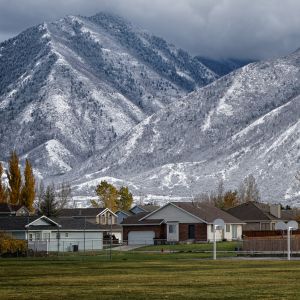
The High Divide region, recognized as one of the most intact biological areas in the lower 48 states, is attracting many new residents and home construction is changing the landscape. Read more
-
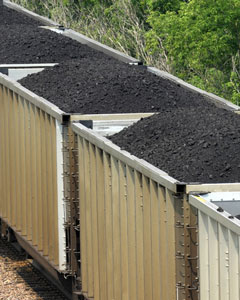
The proposed federal coal royalty reform rule could have substantial revenue benefits for federal and state governments, limited impact on coal production or prices on federal lands, and increased transparency. Read more
-
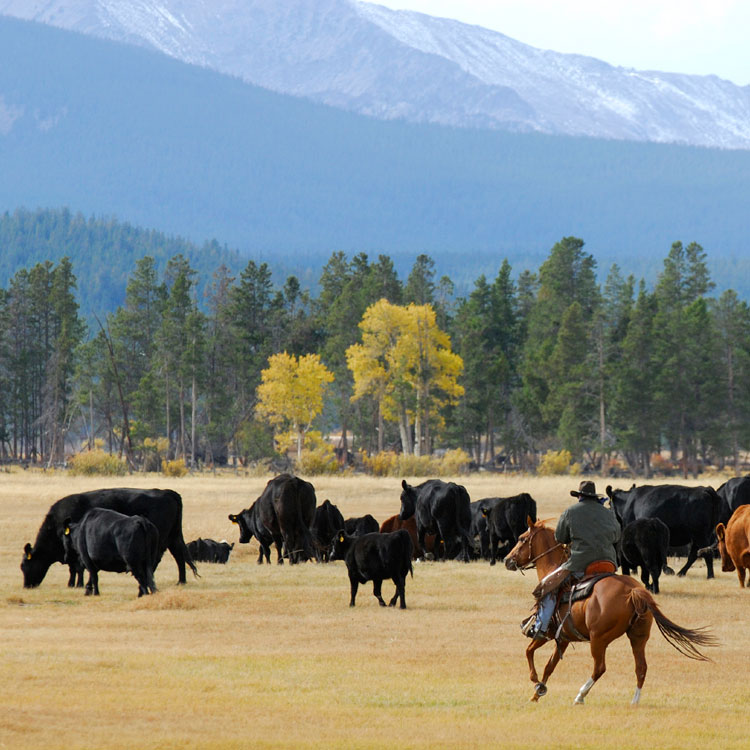
A graphical and data analysis of LWCF program benefits for every state. Read more
-
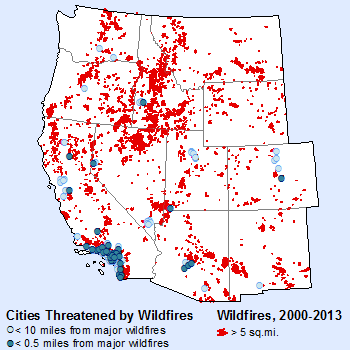
Wildfires increasingly are threatening urban areas—often repeatedly—putting more homes, lives, infrastructure, and other resources at risk. Read more
-
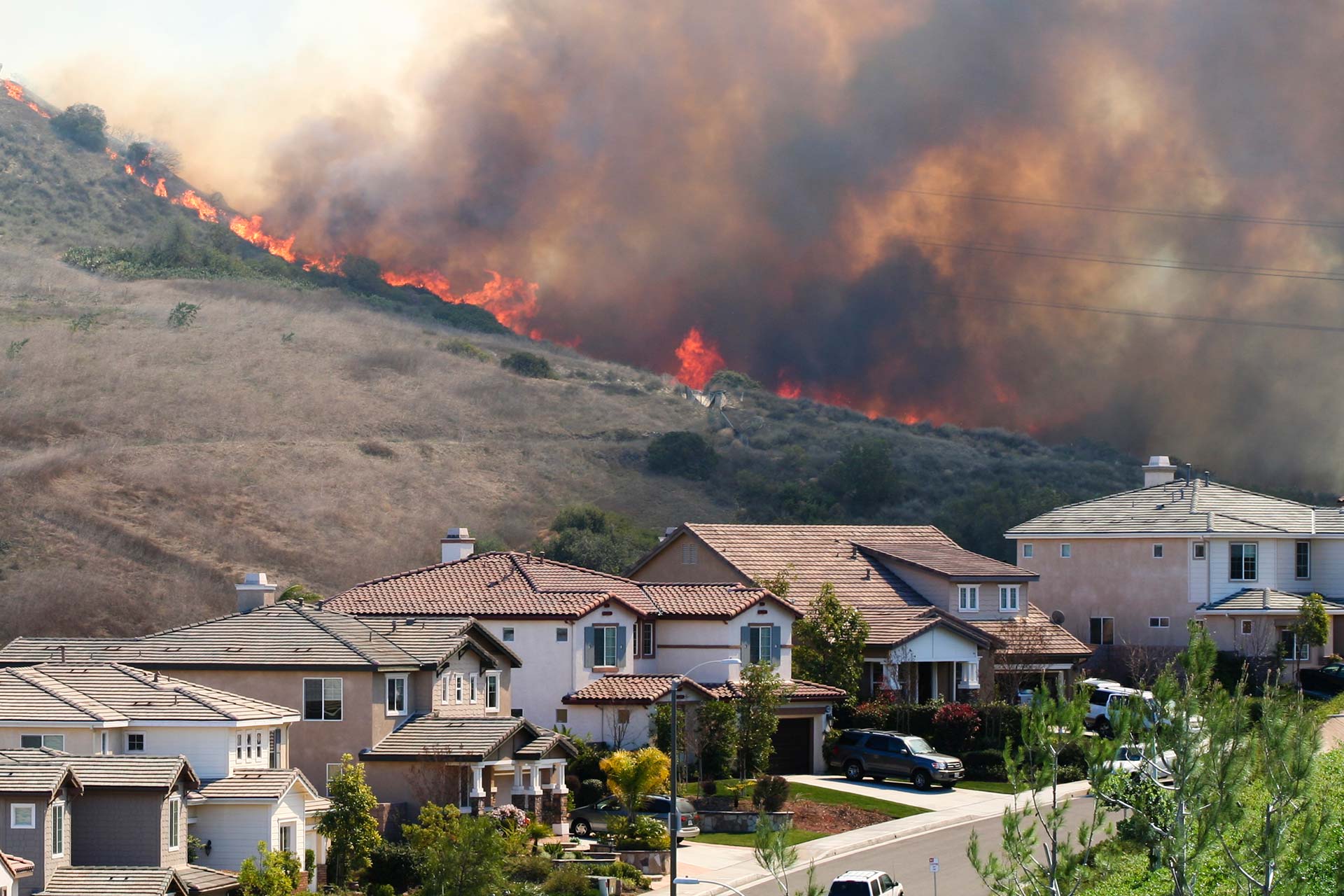
This report outlines a number of solutions to alter the pace, scale, and pattern of future development in the Wildland-Urban Interface. Read more
-
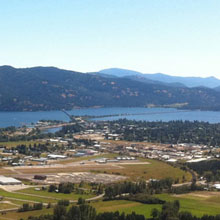
Analysis shows that Bonner County’s economy has grown steadily and been resilient, despite recessions and losing several large employers, and many local businesses are committed to the community and its high quality of life. Read more